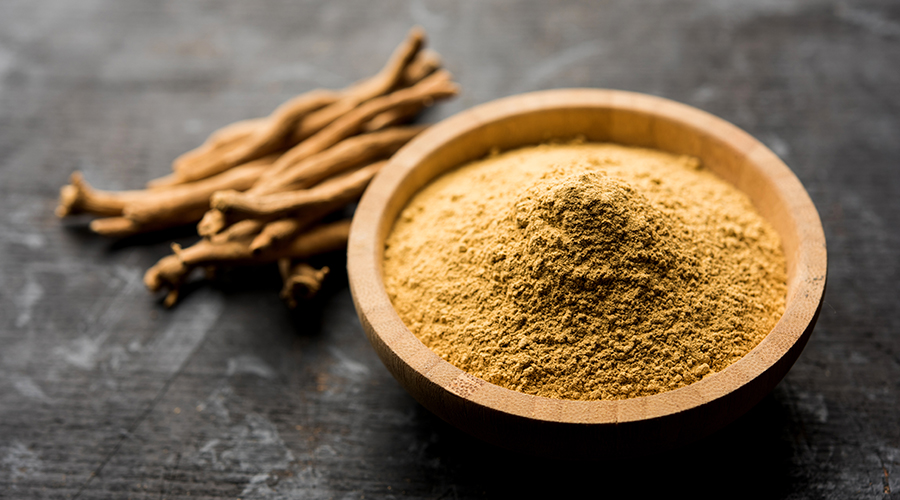Are You Addicted To Stress? All You Need To Know About Cortisol
6 August 2021
Here You Can Read About What is Cortisol, Benefits & Side Effects of Cortisol, How Does It Work & Balancing it Through The Following The Right Exercise
Humans long for a stress-free life and yet unknowingly we dive right into the stress sauna. Hard-wired to crave for stress, it is all in the control of one hormone – Cortisol. Cortisol is one of the steroid hormones that controls our mood, level of motivation and fear. While the hormone has a major role to play, here we will debunk tons of myths and what really helps to curb it.

What is Cortisol?
Cortisol is the strongest glucocorticoid i.e., steroid hormone. Now before we lose you to technicality, for easier understanding, Cortisol is a constant and natural stress responder. So where is this tricky hormone located at? Cortisol is produced in the adrenal glands, right over the kidney. This placement makes it easy for cortisol to be released in the bloodstream. But Cortisol is only released at the command of the brain, depending on the situation we’re placed in.

How does it work?
Have you ever felt a surge of heart rate when encountered with fear or excitement? For instance, while crossing a busy street you see a car blazing towards you, in such a flight or fight moment, the hypothalamus and the pituitary gland send out an alert. This alert alarm is directed towards the adrenal gland and in turn both adrenal and cortisol are released. Now, while adrenal gives you a sense of ‘rush’, cortisol increases the level of glucose in the body.
Pros – Cortisol isn’t All That Bad
Cortisol is extremely crucial in the body for many right reasons as well. When cortisol is triggered, it raises glucose levels, this fuels the body with energy and regulates metabolism. Cortisol breaks down protein into glucose when the sugar levels are dropping to avoid hyperglycemia. Since Cortisol is an anti-inflammatory hormone, it helps in the healing process in case of chronic illness. Cortisol also helps maintain homeostasis in the body.
Cons – When Cortisol Wrecks Havoc
So while Cortisol is good in acute form i.e. brief spurts, issues arise when it becomes chronic i.e. continuous. High levels of Cortisol can wreck havoc in the form of:
- Rapid weight gain
- Anxiety
- Muscle loss
- Depression
- Headaches
- Insomnia
Not just too much but even too little cortisol can be harmful. In such a scenario, the person is mostly
- Lethargic
- Weakness
- Bruising
- Nausea
- Loss of appetite
If Cortisol level are not in check and always sky-rocketing it majorly affects a person’s immunity. Since glucose is always surging in case of high stressors, protein reserves get depleted resulting in muscle loss. High cortisol leads to collection of visceral fat leading to rapid weight gain. Increased cortisol also affects women’ libido, disruption of regular menstrual cycle and even infertility. There are multiple ways to keep Cortisol in check and all it needs is a deeper sense of understanding and channelizing it right.

Balancing It Out By Following The Right Exercise
The most important aspect to channelize cortisol release to your advantage is by tracking the time it is at its highest and combating it with the right exercises. Yes, RIGHT because there are a few exercises that may trigger Cortisol to rise even more.
Cortisol is closely linked to your sleep cycle and works in tandem with the Circadian rhythm (natural processes respond primarily to light and dark). Cortisol is highest in the body as soon as one wakes up, particularly 7 AM to 9 AM and around sunset. Based on these timings, one can decipher the exercises that need to programmed in for the right gains.
High intensity exercises can lead to further build up of Cortisol. Sprinting or endurance training has further showed spike in cortisol levels. Even short rest periods and high-volume format of training, as followed by bodybuilders is known to increase Cortisol. However, during the spike hours performing these exercises wouldn’t heighten the already increased cortisol but it may result in loss of muscle mass. So what should you really do? The best solution is to focus on resistance training while keeping the heart rate relatively steady. Another way to combat cortisol is to workout when the levels are already high as a little boost increases performance. This is also a great strategy to keep cortisol at bay through the day and there’s enough time for the body to come to rest by night, when it is time to actually sleep.
Most importantly, sound sleep is crucial to keep cortisol level in check and help muscles restore and grow while at rest.










 100% Safe & Secure payments:
100% Safe & Secure payments:




